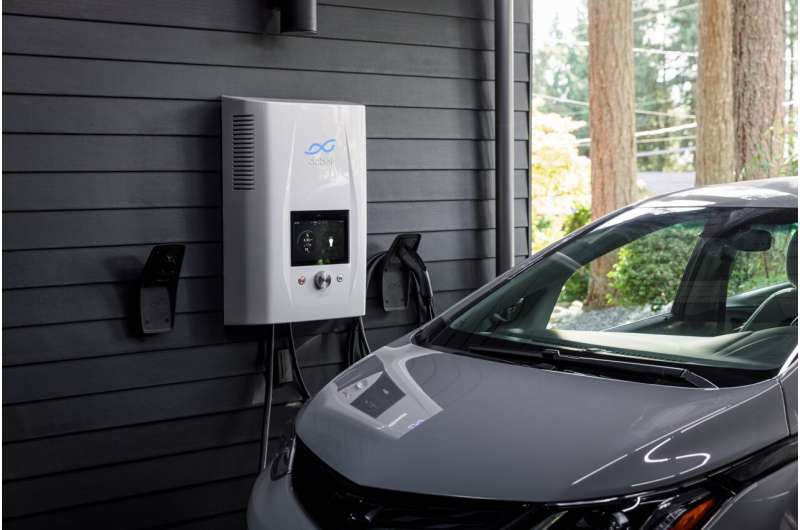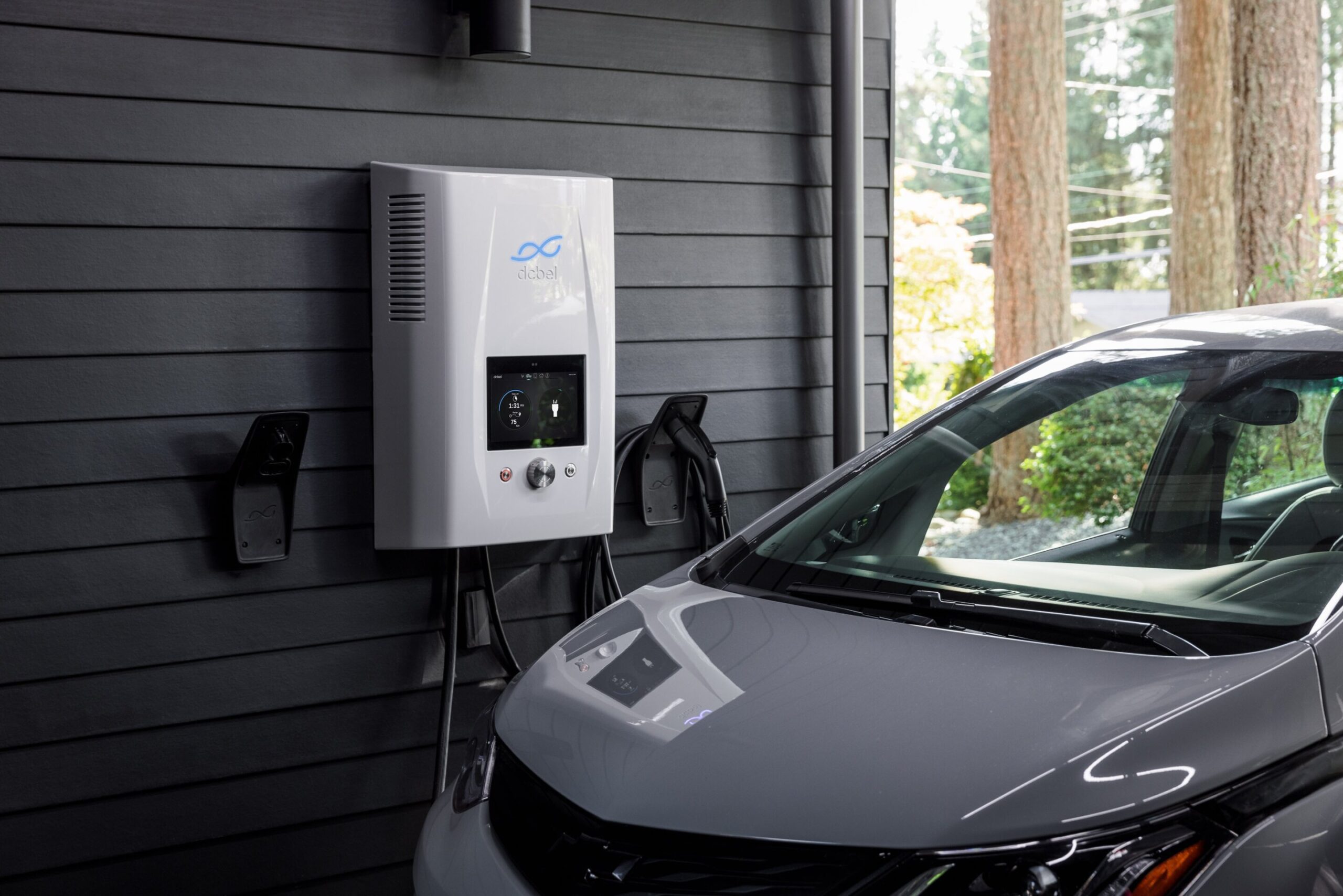
Many electric vehicles (EVs) now come with range estimates of 400–500 kilometers, while some premium models claim ranges of more than 600km.
Drivers new to EVs may look at the range figures given by the manufacturer and think that’s how far their new car will go on a single battery charge.
But this isn’t quite accurate. In reality, an EV’s actual range is usually less. Recent real-world testing of five popular EV models by the Australian Automobile Association showed the real range was an average of 11.6% less than the official figures. There was wide variation: BYD’s Atto 3 had 23% less range, while the Smart #3 had just 5% less.
This is because official figures come from a standardized laboratory test done in idealized conditions different to the way people actually drive.
The problem is not confined to EVs. When the same testing was done on popular petrol cars, some were found to use up to 35% more fuel than official figures claim.
Real-world testing is an important public service. Drivers looking for a new EV could knock off 10–20% from official ranges as a rule of thumb. But it’s worth looking for testing of the exact model to see what the true difference is.
How are official range figures produced?
To produce official range estimates, new EVs are run through a standardized test.
This test, the Worldwide Harmonized Light Vehicle Test Procedure, is used to estimate the distance an EV can drive on a full battery as well as a combustion engine car’s fuel consumption.
Vehicles are tested on a dynamometer—a treadmill for cars—in a controlled laboratory environment on a 30-minute driving cycle. During the cycle, the cars are driven at four levels of intensity: low (up to 60km per hour), medium (up to 80km/h), high (up to 100km/h) and extra high (above 130km/h), with a set sequence of accelerations, steady speeds and decelerations.
Testing is done at an ambient temperature of 23°C, with no passengers, accessories, or use of heating or air conditioning. The EV is driven by computer through repeats of the 30‑minute cycle until the battery is fully depleted. The total distance covered becomes the official range used by the manufacturer.
This testing regime is…
Disclaimer
We strive to uphold the highest ethical standards in all of our reporting and coverage. We 5guruayurveda.com want to be transparent with our readers about any potential conflicts of interest that may arise in our work. It’s possible that some of the investors we feature may have connections to other businesses, including competitors or companies we write about. However, we want to assure our readers that this will not have any impact on the integrity or impartiality of our reporting. We are committed to delivering accurate, unbiased news and information to our audience, and we will continue to uphold our ethics and principles in all of our work. Thank you for your trust and support.
Website Upgradation is going on. For any glitch kindly connect at 5guruayurveda.com



